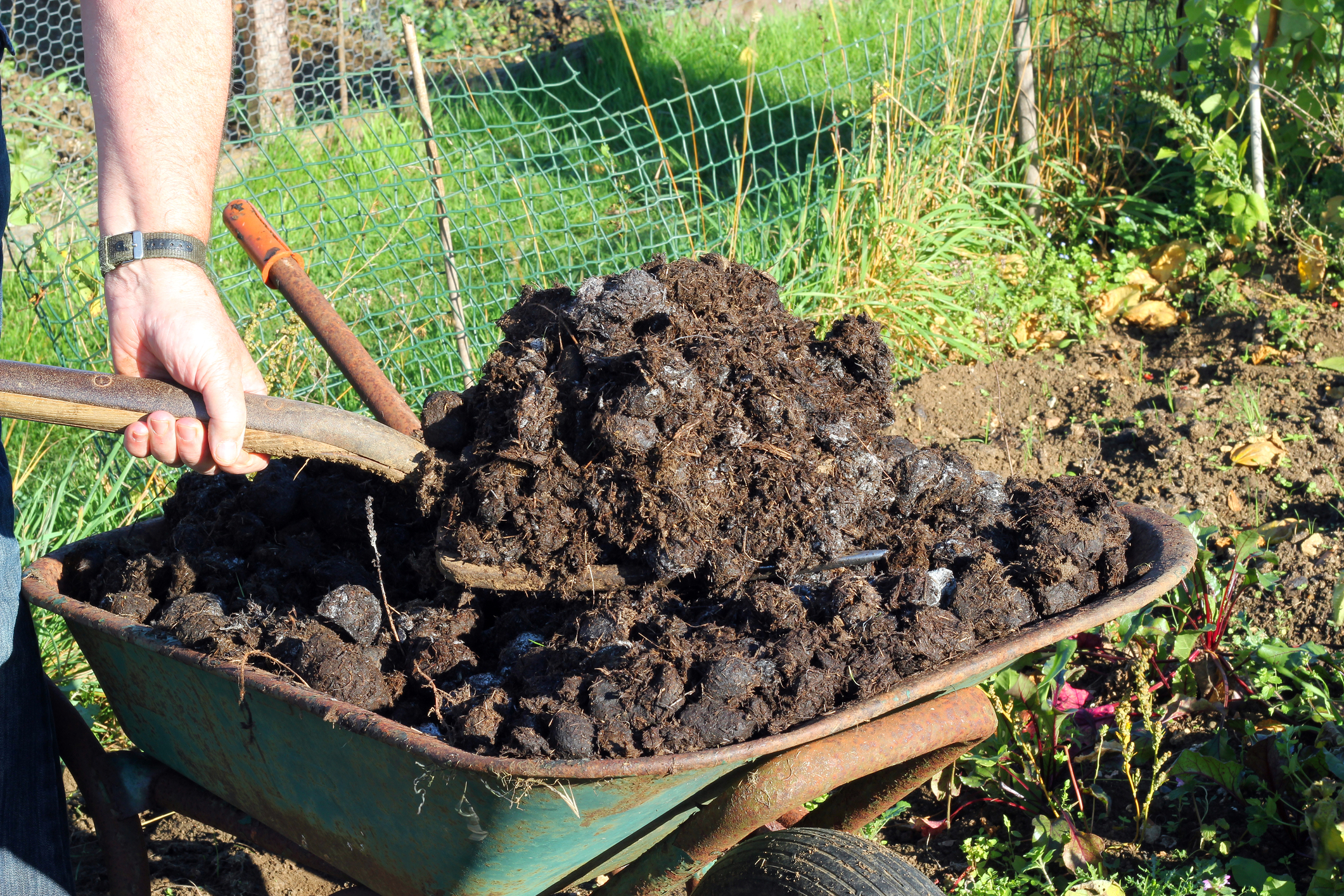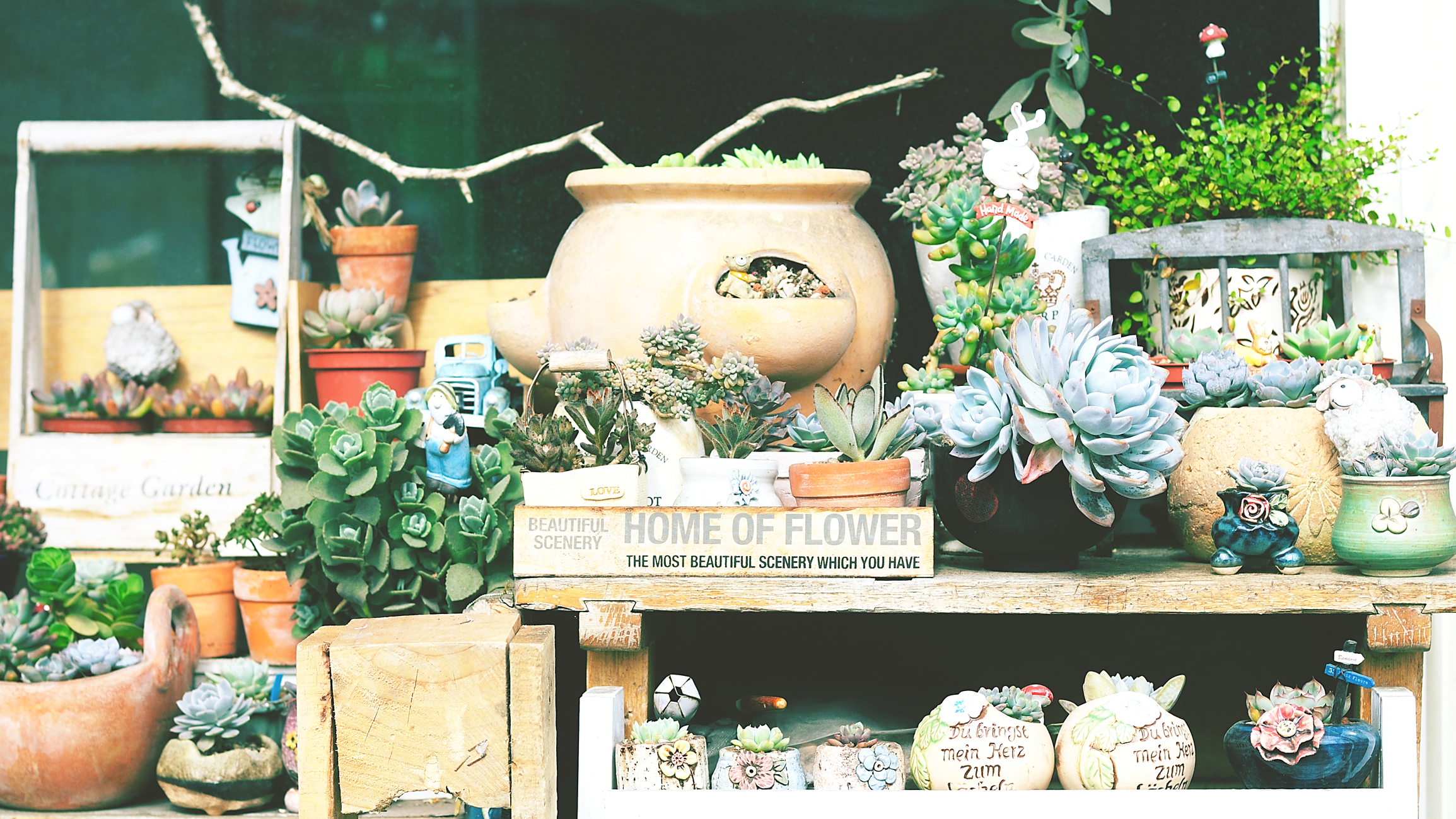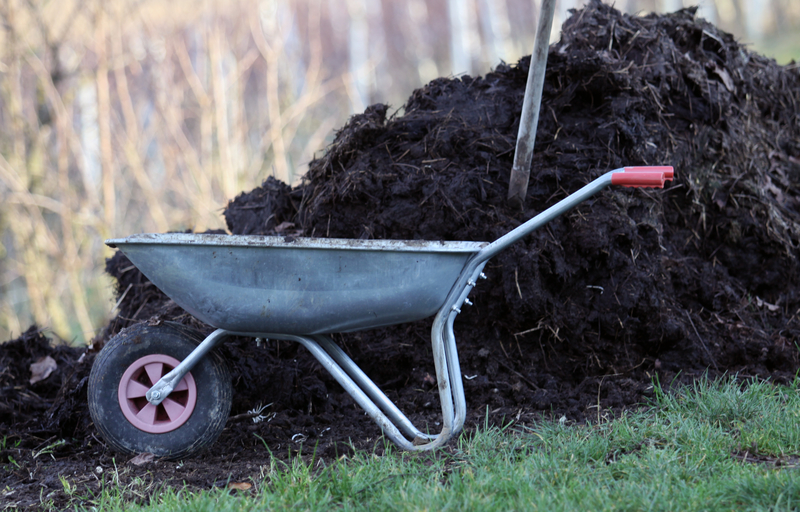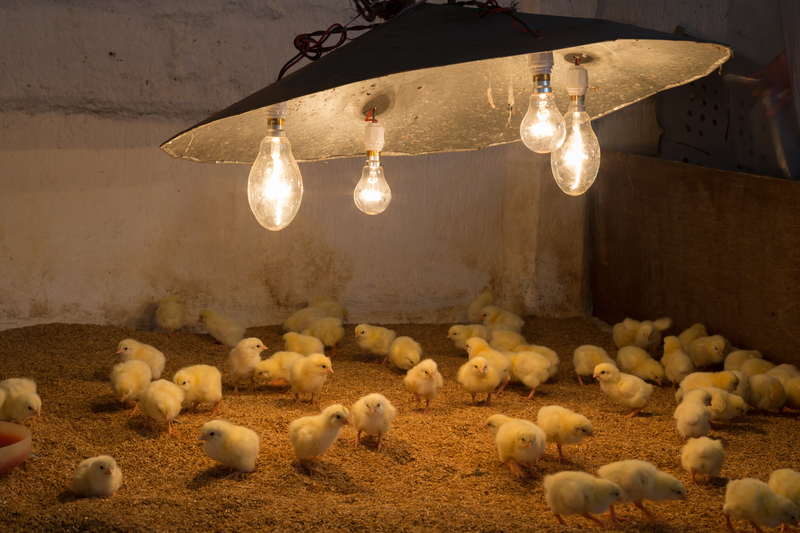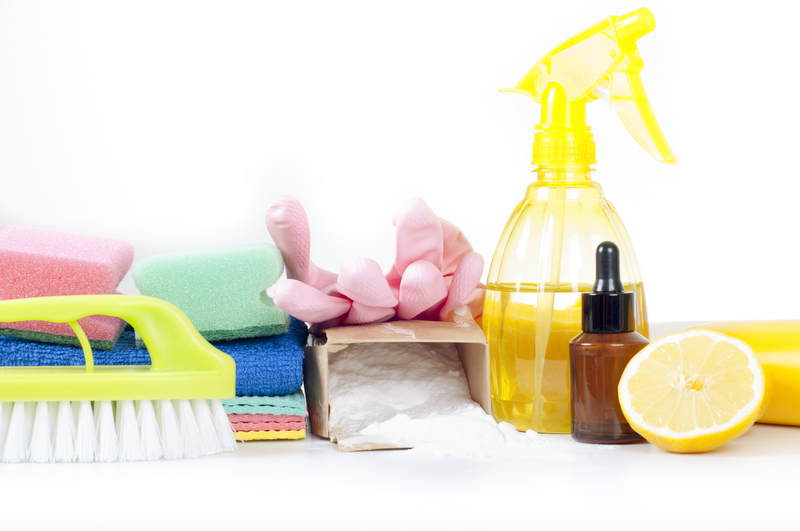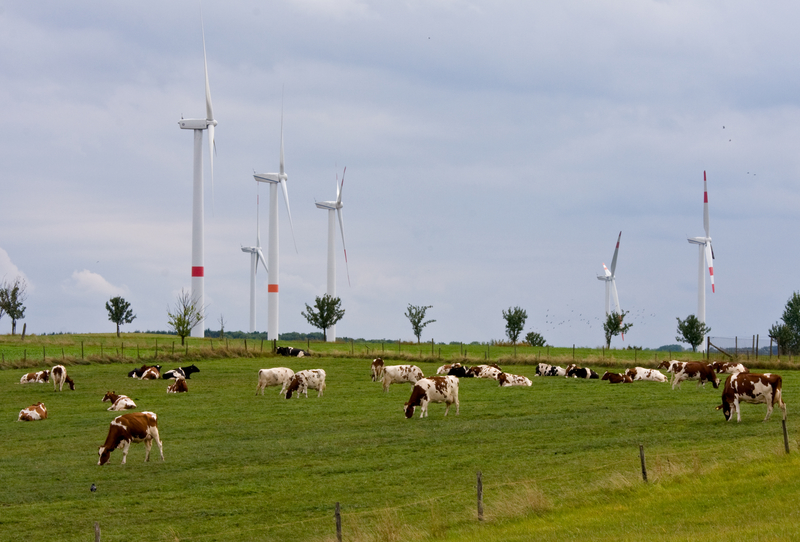5 Tips for Using Manures in Your Garden
Manure is one the best, all-natural fertilizers around. Yes, it does smell, since it consists of animal feces. However, its many benefits far outweigh the stench. You’ll be glad that you put up with it when your plants are growing strong and tall. Before you begin spreading manure around your garden willy-nilly, take the … Read more

